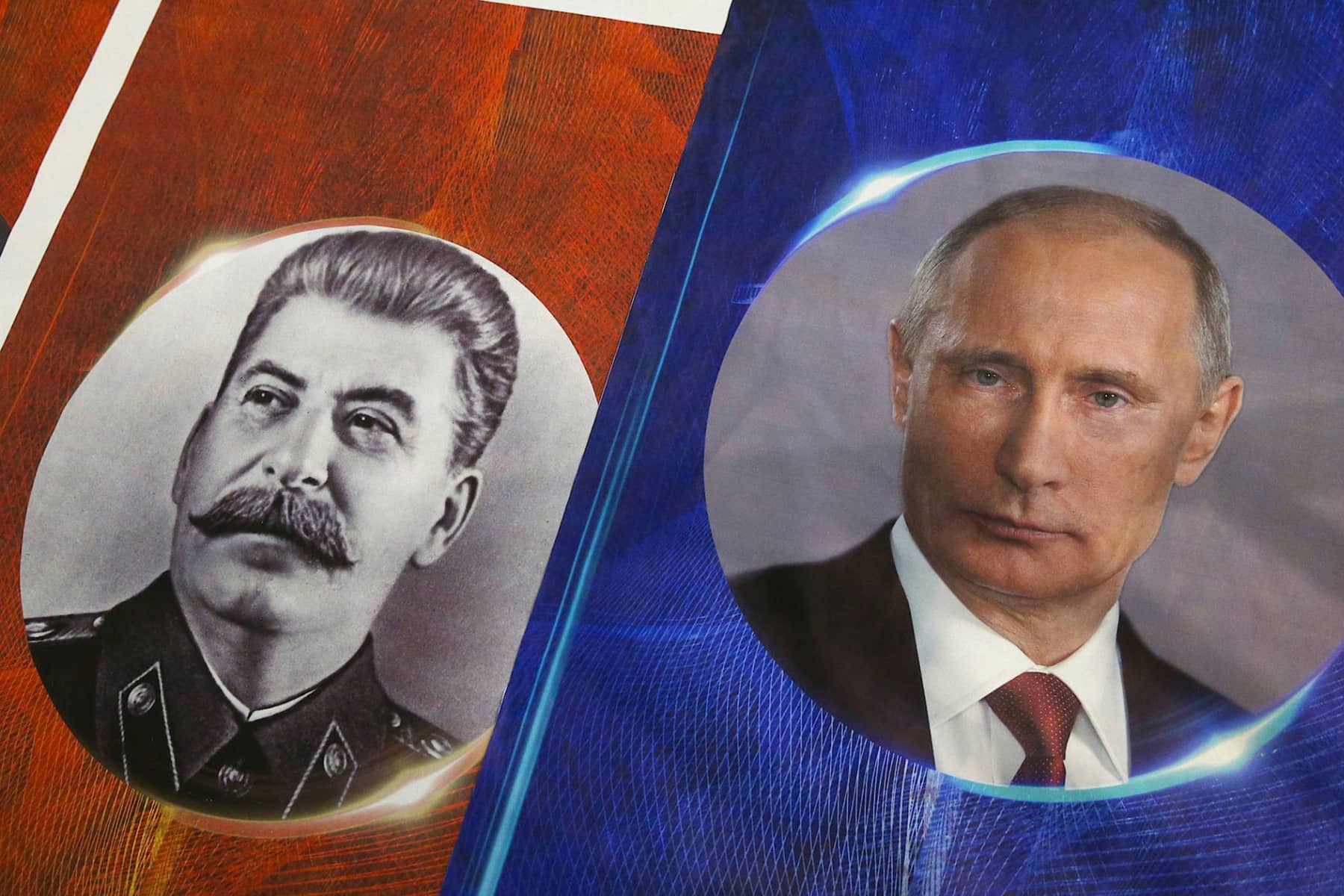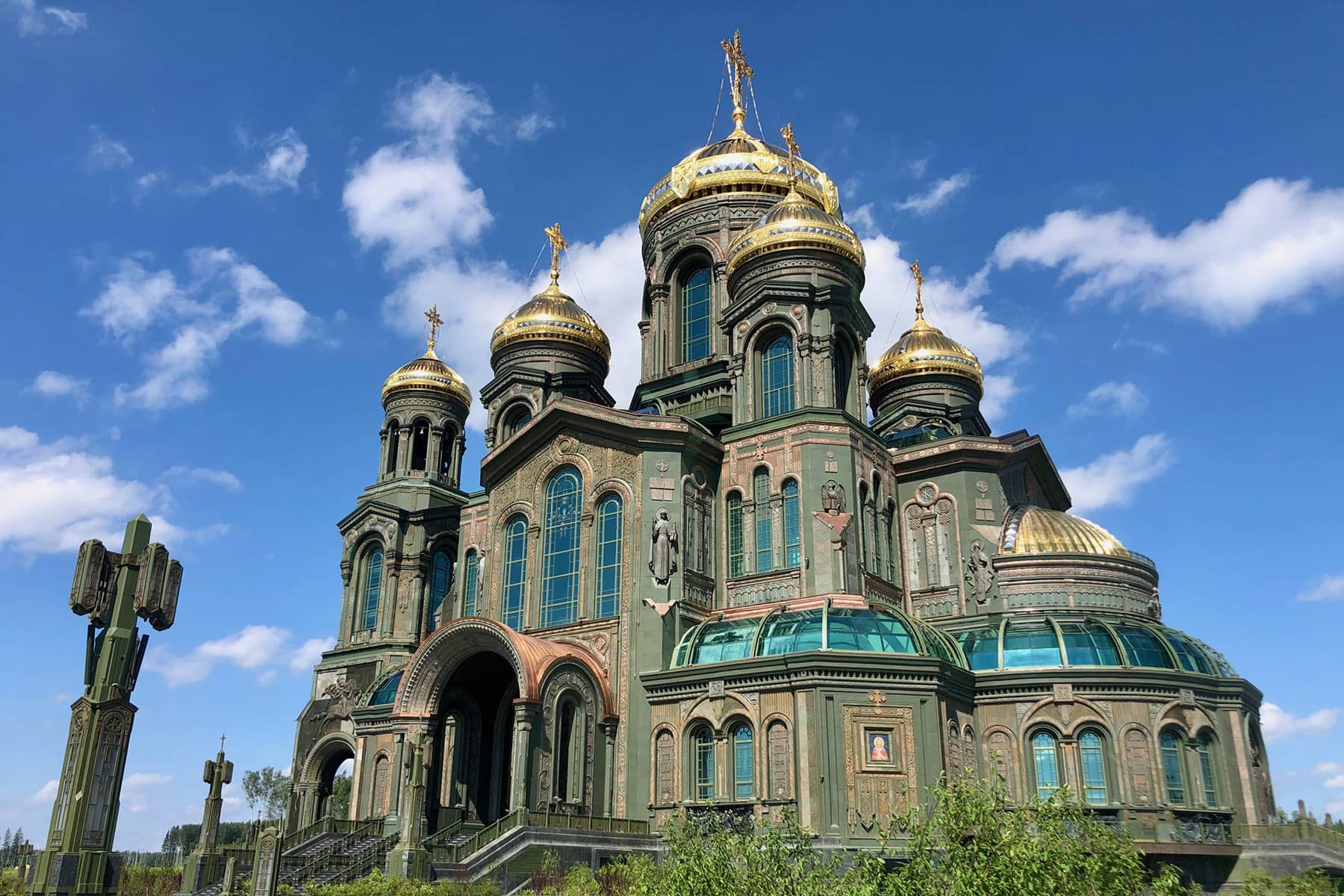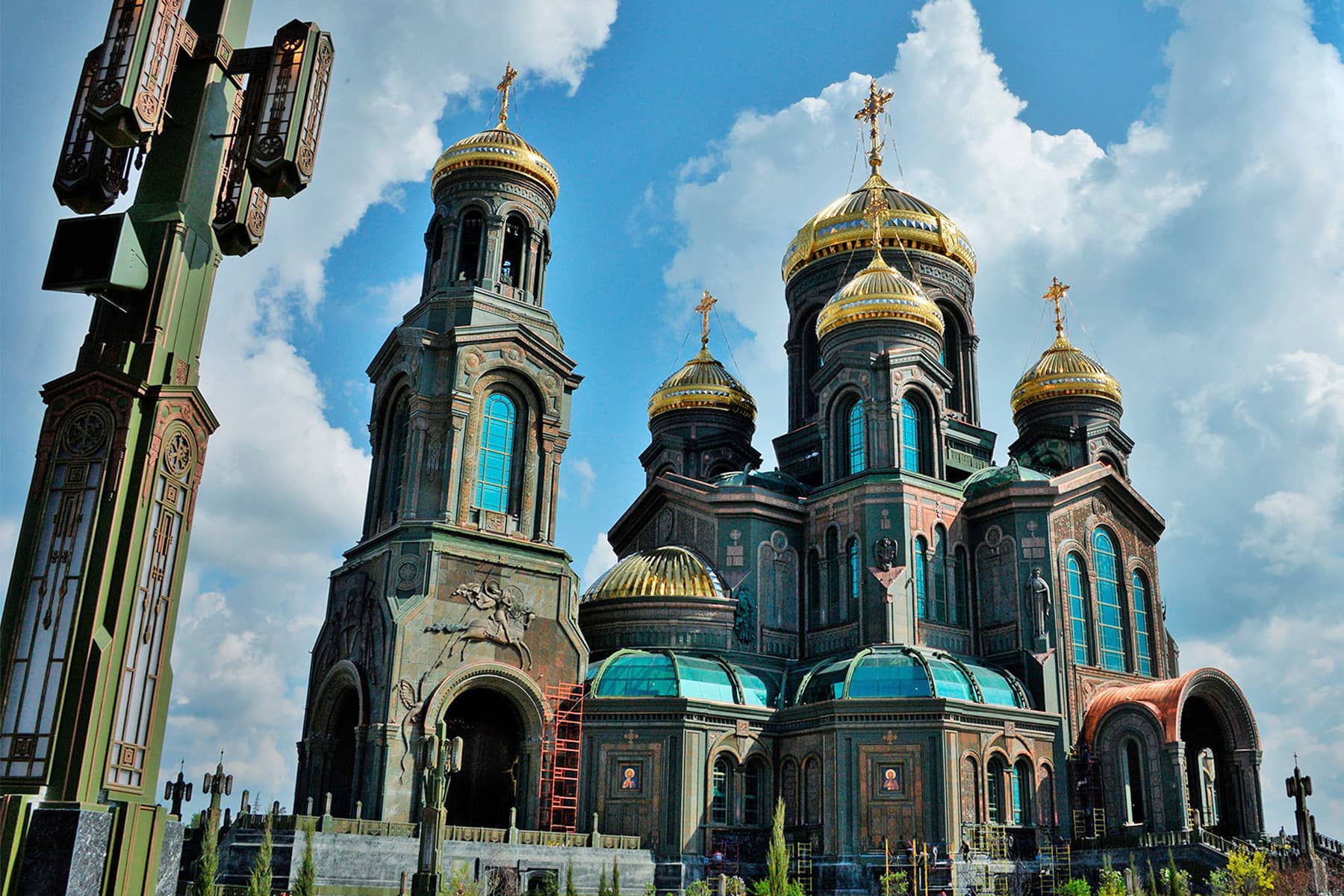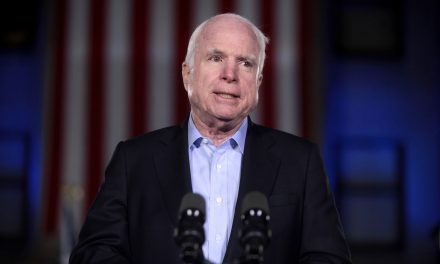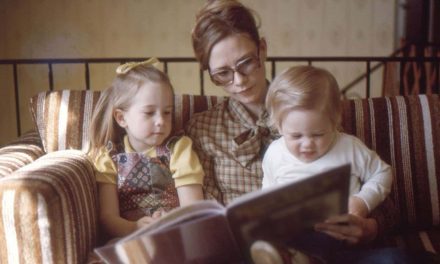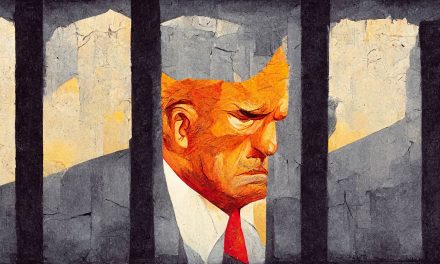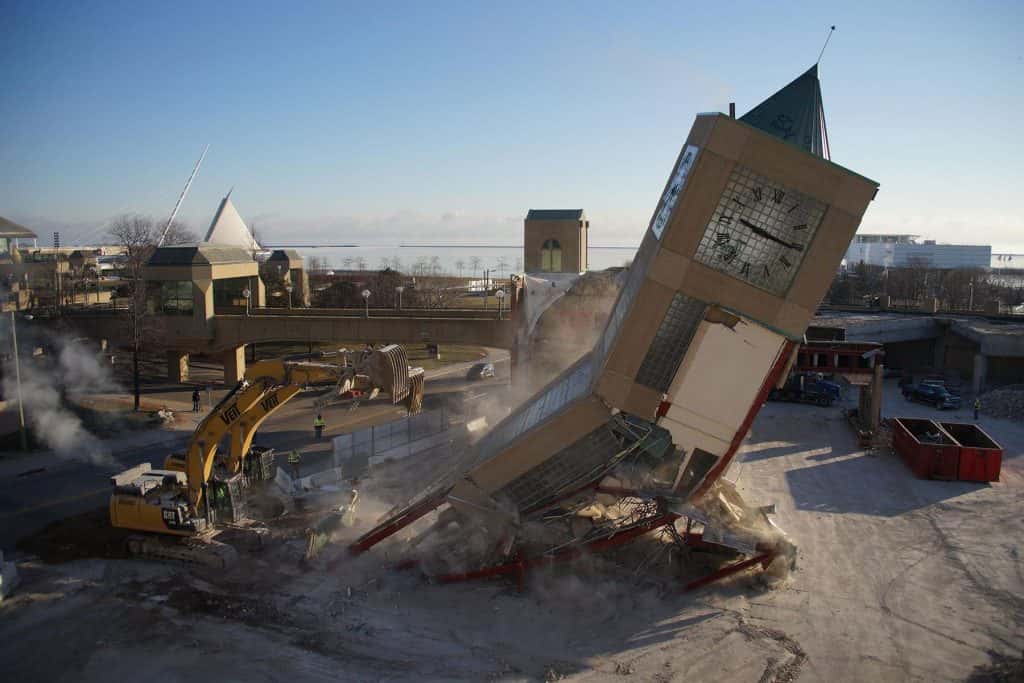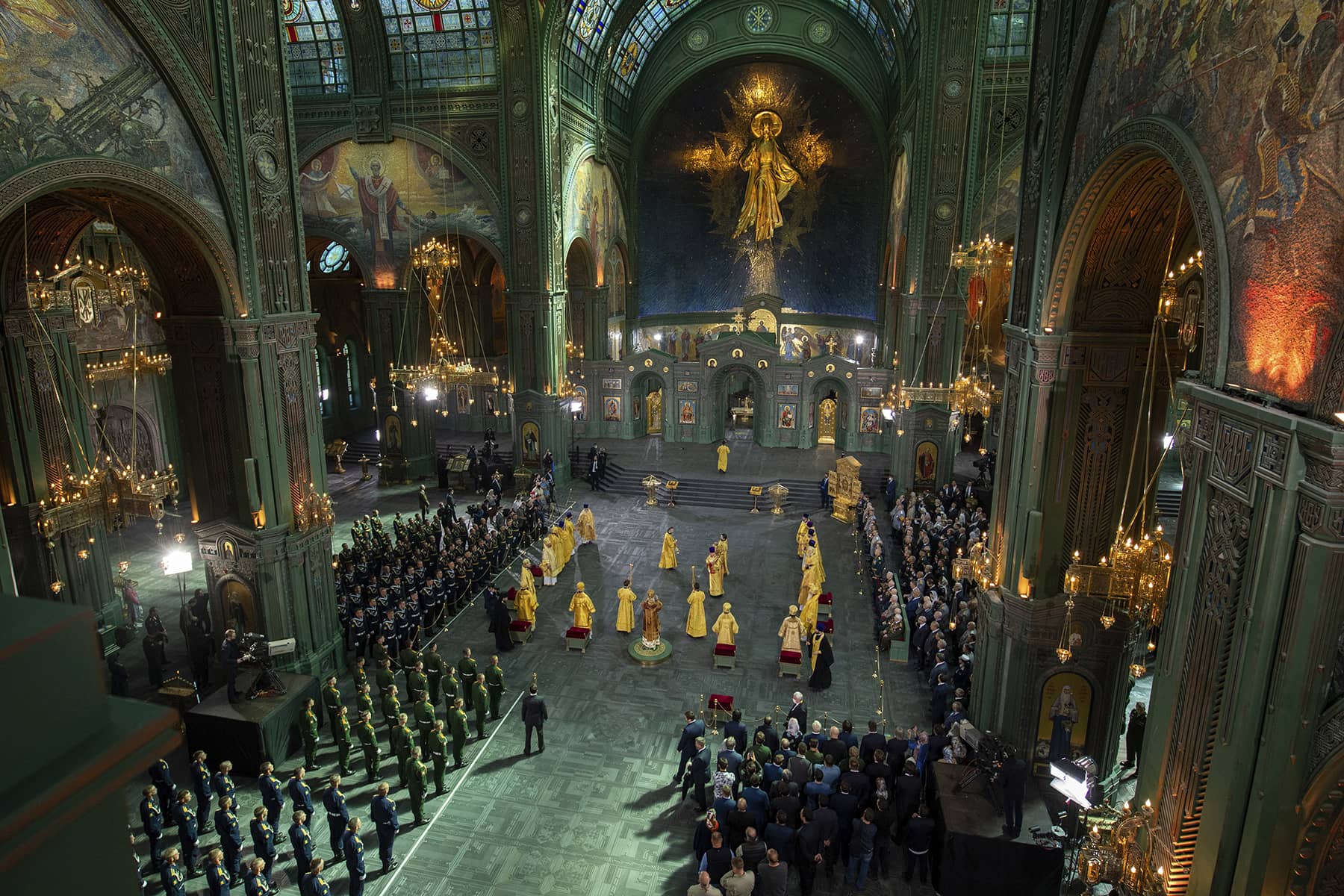
By Lena Surzhko Harned, Assistant Teaching Professor of Political Science, Penn State
May 9, 2022, marked the 77th anniversary of the Soviet Union’s victory over Nazi Germany. Victory Day has traditionally been a day to honor veterans and hold an enormous parade in Moscow to display the country’s military prowess.
Under President Vladimir Putin, May 9 has become one of Russia’s most revered holidays. Spokesperson Dmitri Peskov has described it as the “holiest holiday in our country. It has been and will remain the holiest holiday for all Russians,” according to the Defence Blog.
Many scholars have researched how World War II has become a cornerstone of Russian nationalism during Putin’s time in power. It is also reflected in Russian rhetoric about its war in Ukraine. Russian leaders have portrayed the invasion as a fight against “Neo-Nazis,” and a holy war.
This fusion of World War II, religion and Russian nationalism are embodied in one unusual building: the Main Church of the Russian Armed Forces, on the outskirts of Moscow. The massive, khaki-colored cathedral in a military theme park was dedicated in June 2020, and celebrates Russian might. The grand opening was supposed to commemorate the 75th anniversary of the Soviet Union’s victory over Nazi Germany, but it was delayed due to the pandemic.
Conceived by the Russian defense minister after the country’s illegal annexation of Crimea in 2014, the cathedral embodies the powerful ideology espoused by Putin, with support from the Russian Orthodox Church.
As a scholar of nationalism, I see this militant religious nationalism as one of the key elements in Putin’s motivation for the invasion of Ukraine, my native country. It also goes a long way in explaining Moscow’s behavior toward the collective “West” and the post-Cold War world order.
Angels and guns
The Church of the Armed Forces’ bell tower is 75 meters (250 feet) tall, symbolizing the 75th anniversary of the end of World War II. Its dome’s diameter is 19.45 meters (64 feet), marking the year of the victory: 1945. A smaller dome is 14.18 meters (47 feet), representing the 1,418 days the war lasted. Trophy weapons are melted into the floor so that each step is a blow to the defeated Nazis.
Frescoes celebrate Russia’s military might though history, from medieval battles to modern-day wars in Georgia and Syria. Archangels lead heavenly and earthly armies, Christ wields a sword and the Holy Mother, depicted as the Motherland, lends support.
‘Cradles’ of Christianity
Frescoes also celebrate the Crimean occupation that began in 2014, with jubilant people holding a banner that reads “We are together.”
When Russia annexed the Crimean Peninsula from Ukraine in 2014, the Russian Orthodox Church celebrated, calling Crimea the “cradle” of Russian Christianity. This mythology draws on the medieval story of Prince Vladimir, who converted to Christianity in the 10th century and was baptized in Crimea. The prince then imposed the faith on his subjects in Kyiv, and it spread from there.
The Russian Orthodox Church, also called the Moscow Patriarchate, has long claimed this event as its foundational story. The Russian Empire, which linked itself to the church, adopted this foundational story as well.
‘Russian World’
Putin and the head of the Russian church, Patriarch Kirill, have resurrected these ideas about empire for the 21st century in the form of the so-called “Russian World” – giving new meaning to a phrase that dates to medieval times. In 2007, Putin created a Russian World Foundation, which was charged with the promotion of Russian language and culture worldwide, such as a cultural project preserving interpretations of history approved by the Kremlin.
For church and state, the idea of “Russian World” encompasses a mission of making Russia a spiritual, cultural and political center of civilization, to counter what they see as the liberal, secular ideology of the West. This vision has been used to justify policies at home and abroad.
The Great Patriotic War
Another planned mosaic depicted the celebrations of Soviet forces’ defeat of Nazi Germany – the Great Patriotic War, as World War II is called in Russia. The image included soldiers holding a portrait of Josef Stalin, the dictator who led the USSR during the war, among a crowd of decorated veterans. This mosaic was reportedly removed before the church’s opening.
The Great Patriotic War has a special, even sacred, place in Russians’ views of history. The Soviet Union sustained immense losses – 26 million lives is a conservative estimate. Apart from the sheer devastation, many Russians ultimately see the war as a holy one, in which Soviets defended their motherland and the whole world from the evil of Nazism.
Under Putin, glorification of the war and Stalin’s role in the victory have reached epic proportions. Nazism, for very good reasons, is seen as a manifestation of the ultimate evil.
The rhetoric of this militant nationalism has been on display as Russia threatened to and ultimately did invade Ukraine. Putin has consistently claimed that Ukraine’s government is run by Nazis, and Foreign Minister Sergey Lavrov has even compared Ukraine President Volodymyr Zelenskyy – who is Jewish – to Adolf Hitler.
These claims are absurd. However, portraying the government in Kyiv as evil helps the Kremlin paint the war in Ukraine in black and white. Putin has also spoken of fraternal relationships between Russian and Ukrainian people and denied the existence of the Ukrainian state. In his view, Ukraine’s sovereignty is an example of extreme, chauvinistic nationalism.
Patriarchs and parades
Patriarch Kirill, who has called Putin’s rule a “miracle of God,” said the Church of the Russian Armed Forces “holds the hope that future generations will pick up the spiritual baton from past generations and save the Fatherland from internal and external enemies.”
Since the beginning of the invasion, Kirill has defended it, painting the conflict as one with “metaphysical significance,” as he said in a sermon soon after the war began.
This religious nationalism was on display for May 9. However, the realities of the war forced parade planners to scale down this year’s celebrations in Moscow, where the biggest Victory Day ceremonies are traditionally held. U.S. officials have suggested that Russian forces were under pressure to declare victories by May 9. But the war has ground on for more than two months, with heavy losses, prompting Ukrainians to wonder what will come next.
Оlеg Varov, Gаvrііl Grіgоrоv, and Andrеy Rusоv
Originally published on The Conversation as What a cathedral and a massive military parade show about Putin’s Russia
Support evidence-based journalism with a tax-deductible donation today, make a contribution to The Conversation.

